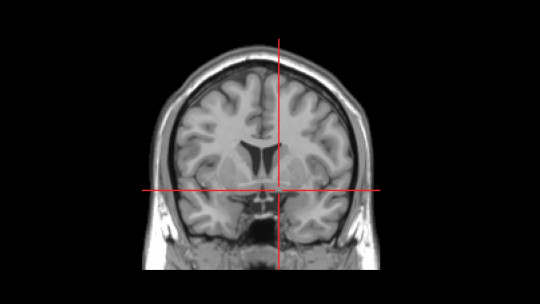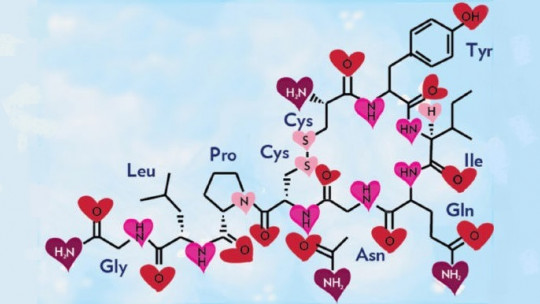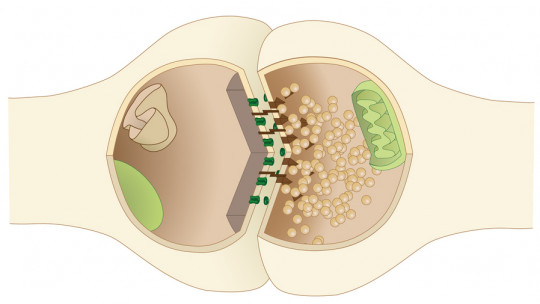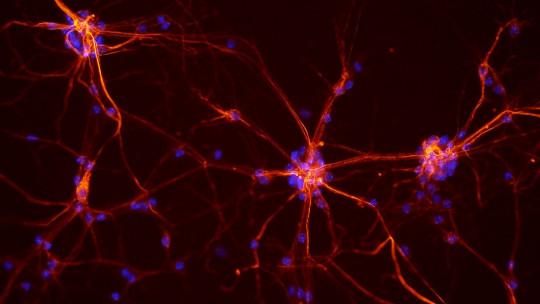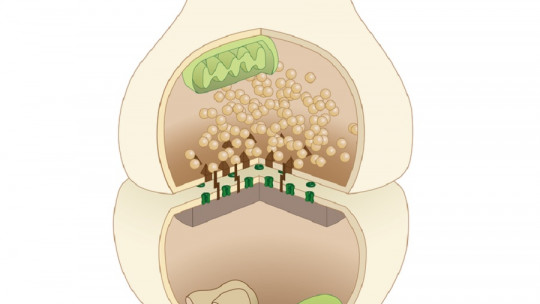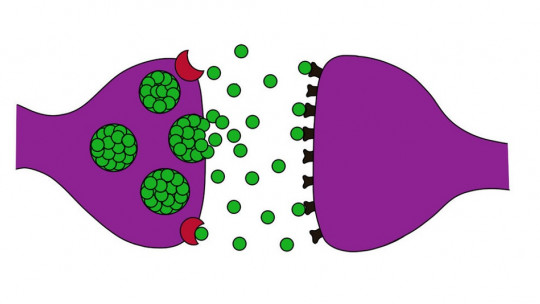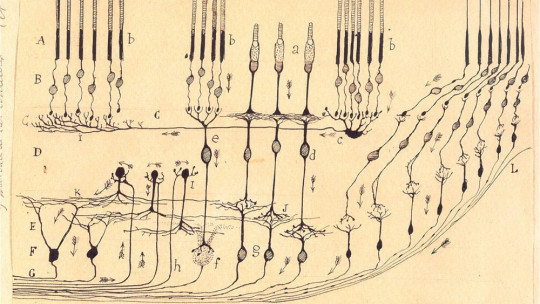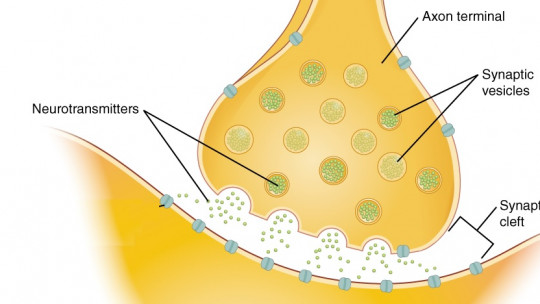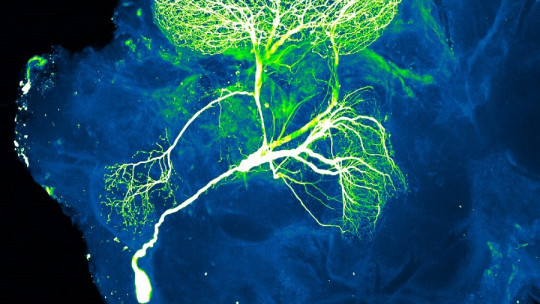
Dale’s principle is a general rule which states that a neuron releases the same neurotransmitter or group of neurotransmitters in all its synaptic connections. But what is true about it? Has current neuroscience partially or totally disproved this principle?
In this article we explain what Dale’s principle is and what its validity is currently, what the co-transmission phenomenon consists of and an example of it.
What is the Dale principle?
Dale’s principle or Dale’s law, named after the English physiologist Henry H. Dale, awarded the Nobel Prize in Physiology and Medicine in 1936 for his findings on the transmission of nerve impulses, states that a neuron releases the same neurotransmitter (or group of neurotransmitters) in all its synaptic connections
This principle was initially postulated with some ambiguity; Some scientists, including John C. Eccles, interpreted it as follows: “neurons release the same group of neurotransmitters at all their synapses”; while others interpreted the original statement in this other way: “neurons release only one neurotransmitter at all their synapses.”
As you can see, there seemed to be two versions of Dale’s principle that stated something similar, but with nuances. At that time, only two neurotransmitters were known: acetylcholine and norepinephrine (which at the time was believed to be adrenaline); and the possibility of a neuron releasing more than one at a single synapse was not considered at all.
The resulting ambiguity of Dale’s original hypothesis caused some confusion about what the postulated principle meant. Ultimately, it was misinterpreted as denying the possibility that a neuron could release more than one neurotransmitter.
However, it has now been proven that Dale’s principle, that is, the hypothesis that a neuron releases only one neurotransmitter in all its synapses, is false. It is established the scientific fact that many neurons release more than one chemical messenger a phenomenon called cotransmission, which we will talk about below.
The phenomenon of co-transmission
For many years, the scientific community’s understanding of the mechanisms of neurotransmission has been subject to Dale’s law or principle, which, as we have mentioned, postulated the concept that a neuron releases only one neurotransmitter. However, starting in the 1970s, new lines of thought and research emerged that questioned these ideas.
The concept of cotransmission began to be used in the mid-1970s by, among other scientists, Geoffrey Burnstock This concept introduces the idea that individual neurons, both in the central nervous system and in the peripheral system, contain and can release a large quantity and variety of substances that are capable of influencing target cells.
Cotransmission implies, therefore, the release of various types of neurotransmitters, neuromodulators and substances from a single neuron allowing more complex effects to be exerted on the postsynaptic receptors and, in this way, generating a more complex communication than that which occurs in a normal transmission.
Today we know that, contrary to what Dale’s principle postulated, it is not exceptional for neurons to release neurotransmitters in the company of other substances (cotransmitters), such as ATP (source of energy and important neurotransmitter of the nervous system), nitric oxide or neuropeptides (tiny, fast-acting proteins).
There are several examples of neuronal cotransmission. In the sympathetic nervous system, ATP is co-released with norepinephrine, and both neurotransmitters exert their action by activating certain receptors, which end up being expressed in smooth muscle cells. In this way, ATP participates in the contraction of these muscles.
In the parasympathetic nerves, we can also find examples of cotransmission. Acetylcholine, vasoactive intestinal polypeptide (VIP), ATP and nitric oxide are cotransmitters synthesized and released by this type of nerves. For example, nitric oxide acts as the main mediator of neurogenic vasodilation in cerebral vessels, while VIP plays an essential role during neurogenic vasodilation in the pancreas.
Studying cotransmission mechanisms: Aplysia
Once Dale’s principle has been overcome, the study of the impact of cotransmission on the activity of a neuronal circuit has been analyzed in detail in invertebrate animal systems, such as that of Aplysia Using electrophysiological techniques, the functions of cotransmitters have been identified and determined in physiologically identified neurons in well-defined neuronal circuits.
The Aplysia feeding circuit has provided important insights into the functional role of cotransmission, and how cotransmitters such as cardioactive peptide and myomodulin are capable of modulating muscle contractions evoked by another neurotransmitter such as acetylcholine, which is released by motor neurons on the muscles responsible for controlling the animal’s eating behavior.
Aplysia can generate two antagonistic eating behaviors, namely: ingestion and egestion. Repetitive stimulation of the CBI-2 interneuron would activate a central feeding pattern generator in the buccal ganglion to progressively produce food digestion motor programs.
Egestion would be activated by repetitive stimulation of the esophageal nerve, which induces a short-term potentiation of synaptic transmission between interneuron B20 and motor neuron B8. B20 would have neurotransmitters such as GABA and dopamine as cotransmitters.
Dopamine in this case would act as a fast excitatory transmitter, by exerting an effect on a receptor similar to 5-HT3. Gaba, for its part, would not have any direct effect on these synapses, but could enhance dopaminergic responses by acting on the GABA receptor b and, subsequently, activating protein kinase C.
The latter constitutes an example in which a “conventional” transmitter (such as GABA) would evoke a modulatory effect, and the “modulatory” transmitter (dopamine) would exert a conventional effect. This effect of GABA is considered an example of intrinsic modulation by a cotransmitter, since it modulates the circuit to which it belongs.

